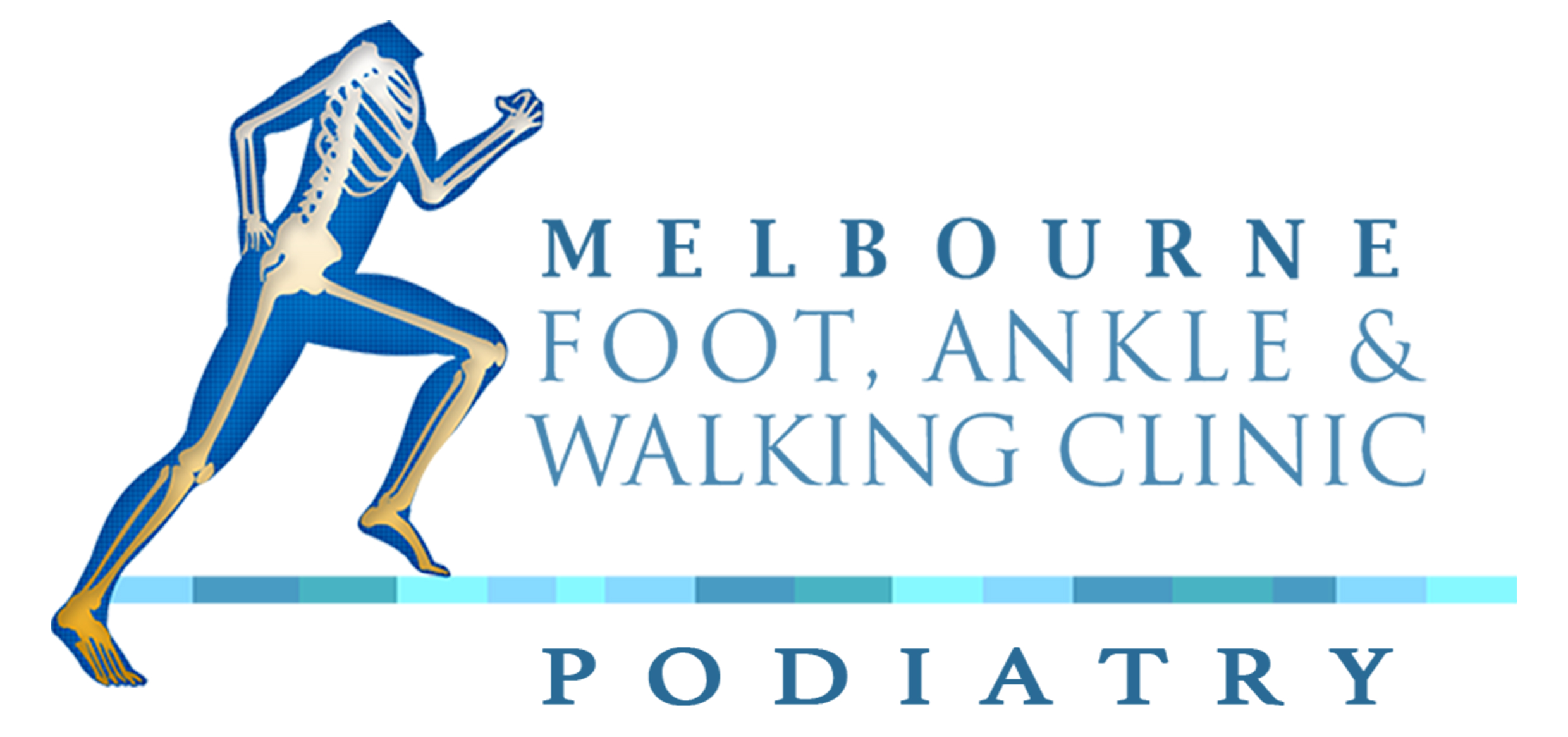
What is Sever’s Disease?
Sever’s Disease is a common condition that causes heel pain in children, most typically beginning in girls aged 7-11 and boys aged 8-13. The condition is caused by excessive strain on the growth plate at the back of the heel bone as it nears its fully grown size.
What are the symptoms of Severs Disease?
Pain during, but particularly after sporting activity or running.
Tenderness when pressure is applied at the back of the heel bone.
Limping, or an unwillingness to put the heel down can sometimes be observed.
The symptoms of Severs Disease can get better with rest, but return quickly when activity starts. Children particular prone to Sever’s Disease are those with more strain on their feet. This includes children with tight calf muscles, flat feet, those who are very active, pigeon toed, kids who play sport on hard surfaces and children who are growing very quickly. Children with less stable feet may seem to roll inwards (over pronate). It is often associated with less obvious structural problems within feet and legs. A thorough assessment by a podiatrist is always recommended.
What should normally be done about it?
It is normally bought on by exercise, which we do not want to discourage, and given this condition can last up to 4 years and in severe cases can result in fracturing the growth plate, we recommend the first step is to have a thorough assessment with a podiatrist. Sever’s Disease responds very well to treatment in the majority of cases, children can usually get back to full, pain free activity very soon after treatment has commenced.
What is the treatment?
Severs Disease Treatment is geared at relieving the strain on the growing heel bone by the following means:
Wearing a small heel lift within the shoe
Very specific stretching of tight leg muscles
Orthotics
Applying ice after activity or when pain is present
Avoiding flat shoes and unsupportive footwear
Avoid walking/ running uphill
